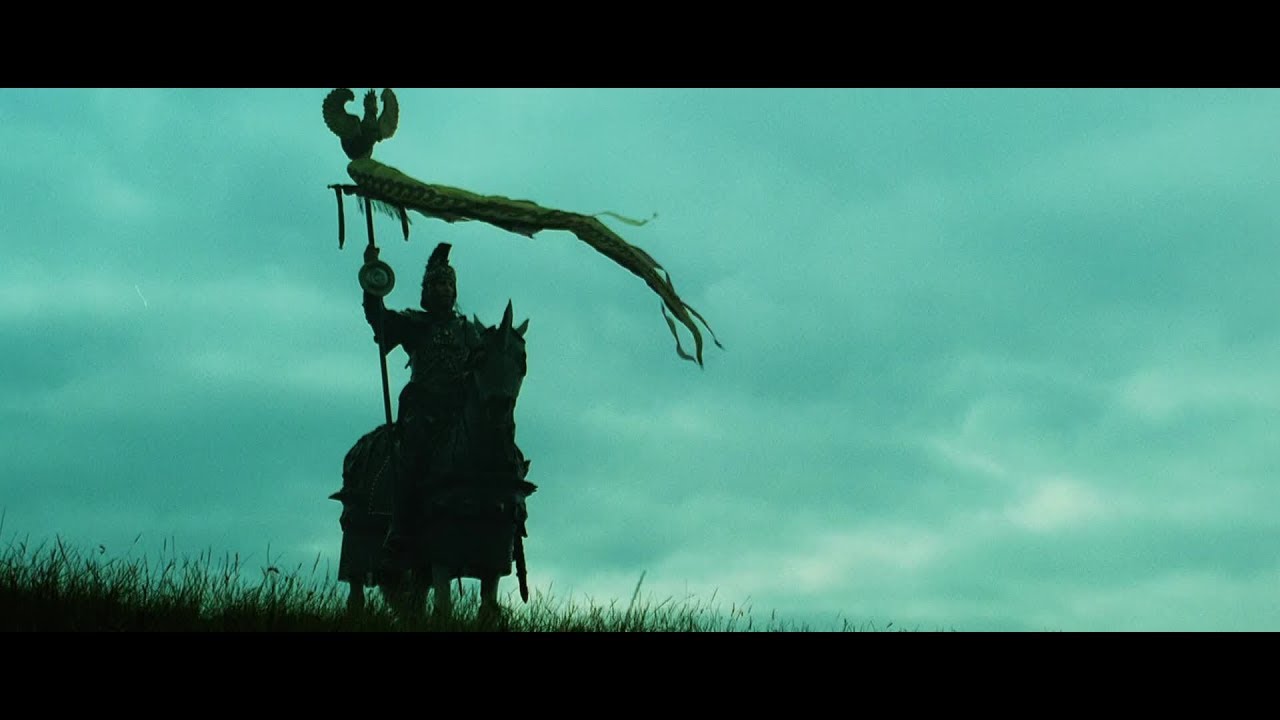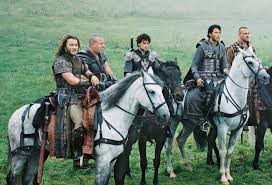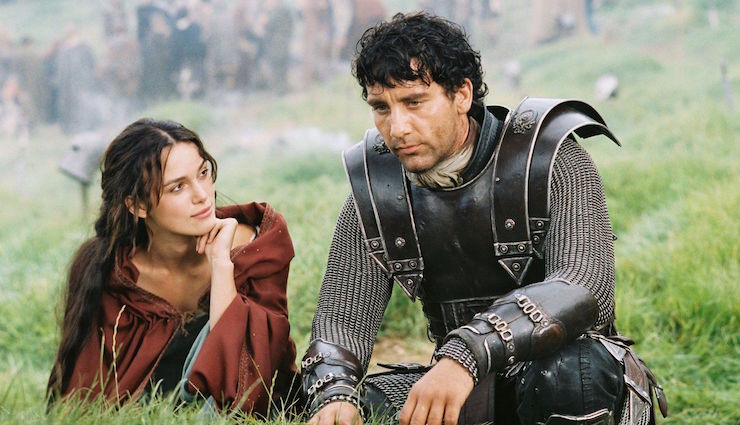🎬 King Arthur (2004)

King Arthur (2004) Review
Introduction
Directed by Antoine Fuqua, King Arthur (2004) offers a gritty, historically inspired take on the Arthurian legend. Starring Clive Owen as Arthur and Keira Knightley as Guinevere, the film strips away the magical elements typically associated with the myth, presenting a grounded, politically charged story set during the waning days of the Roman Empire in Britain. While its ambition to reimagine a legendary tale is commendable, the film’s execution has sparked mixed reviews.
Plot Overview
Set in 5th-century Britain, the story follows Arthur (Clive Owen), a Roman officer leading a group of Sarmatian knights—Lancelot (Ioan Gruffudd), Tristan (Mads Mikkelsen), Gawain (Joel Edgerton), Galahad (Hugh Dancy), and Bors (Ray Winstone)—on their final mission before earning their freedom. Ordered by Bishop Germanius (Ivano Marescotti), the knights must rescue a Roman family from beyond Hadrian’s Wall, which lies in the path of an advancing Saxon army led by Cerdic (Stellan Skarsgård) and his son Cynric (Til Schweiger).
During their mission, Arthur encounters Guinevere (Keira Knightley), a Woad warrior imprisoned by the Romans. United by their desire to protect Britain from Saxon invaders, Arthur and Guinevere rally the knights and Woad tribes for a climactic battle that will shape the island’s future.
Strengths
1. Grounded Approach to Arthurian Legend
The film’s historical reimagining of the Arthurian myth provides a fresh perspective. By positioning Arthur as a Roman officer and removing fantastical elements, the story leans into themes of duty, freedom, and cultural identity.
2. Strong Performances by the Cast
Clive Owen delivers a stoic and commanding performance as Arthur, capturing the character’s internal conflict between Roman loyalty and his growing attachment to Britain. Keira Knightley’s portrayal of Guinevere as a fierce, battle-hardened warrior adds a refreshing dimension to the character. Mads Mikkelsen and Ray Winstone also stand out, bringing unique personalities to their knightly roles.
3. Epic Battle Sequences
The film’s action scenes are intense and well-executed. The climactic Battle of Badon Hill, with its strategic use of terrain and weather, showcases Antoine Fuqua’s talent for staging large-scale combat.
4. Cinematic Visuals and Score
The cinematography by Slawomir Idziak captures the rugged beauty of Britain’s landscapes, enhancing the film’s gritty tone. Hans Zimmer’s evocative score elevates key moments, blending haunting melodies with stirring orchestral themes.
Weaknesses
1. Inconsistent Tone
The film struggles to balance its historical realism with the grandeur expected of an Arthurian tale. While its grounded approach is intriguing, the lack of magic or mythic elements may disappoint fans of traditional interpretations.
2. Underdeveloped Characters
Despite a talented ensemble cast, many characters, including Lancelot and Tristan, are underdeveloped. Their relationships with Arthur and each other lack depth, diminishing the emotional impact of their arcs.
3. Simplistic Villains
The Saxon antagonists, led by Cerdic and Cynric, are portrayed as one-dimensional threats. Their motivations and personalities are minimally explored, reducing the stakes of the conflict.
4. Pacing Issues
The film’s pacing is uneven, with slower character-driven moments occasionally dragging. Meanwhile, some plot points, such as Arthur’s transition from Roman leader to British defender, feel rushed.
Themes and Symbolism
1. Freedom and Identity
The film explores the clash of cultures and loyalties as Arthur and his knights struggle to define their identities in a land torn between Roman and native influences.
2. Leadership and Sacrifice
Arthur’s journey emphasizes the burdens of leadership and the sacrifices required to protect one’s people. His transformation into a unifying figure for Britain highlights the enduring power of selfless leadership.
3. Unity Amid Diversity
The film’s portrayal of Arthur’s diverse group of knights underscores the idea that unity and cooperation can overcome even the greatest challenges.
Visual and Technical Aspects
1. Cinematography
The film’s visuals capture the harsh, untamed beauty of Britain, with fog-shrouded forests and windswept hills adding atmosphere and authenticity.
2. Production Design and Costumes
The detailed sets and historically inspired costumes enhance the film’s immersive quality, though some designs, such as Guinevere’s battle attire, prioritize style over practicality.
3. Sound Design
The sound design effectively complements the intense action scenes, from the clash of swords to the roar of battle. Hans Zimmer’s score remains a standout element, heightening the film’s emotional resonance.
Final Verdict
King Arthur (2004) is an ambitious reimagining of the Arthurian legend that offers compelling performances, striking visuals, and thrilling battles. However, its inconsistent tone, underdeveloped characters, and pacing issues prevent it from fully realizing its potential. While it may not satisfy purists or fans of mythic fantasy, the film’s grounded take on a legendary tale provides a fresh perspective for those seeking a historical epic.
Rating: 7/10
